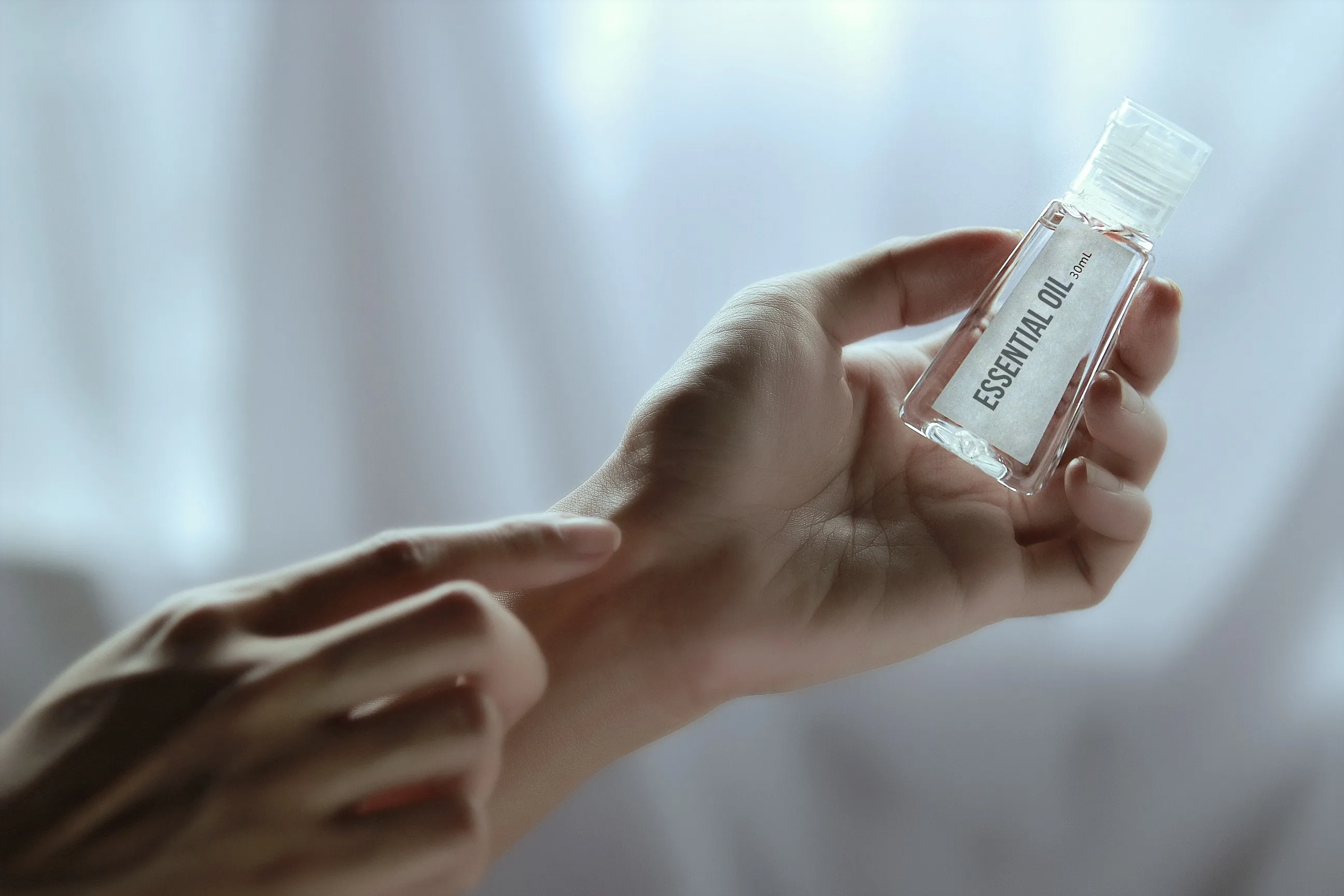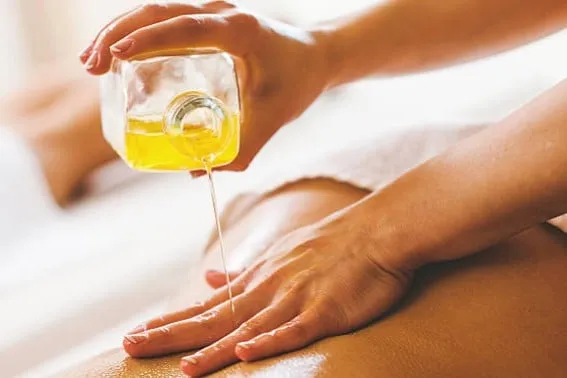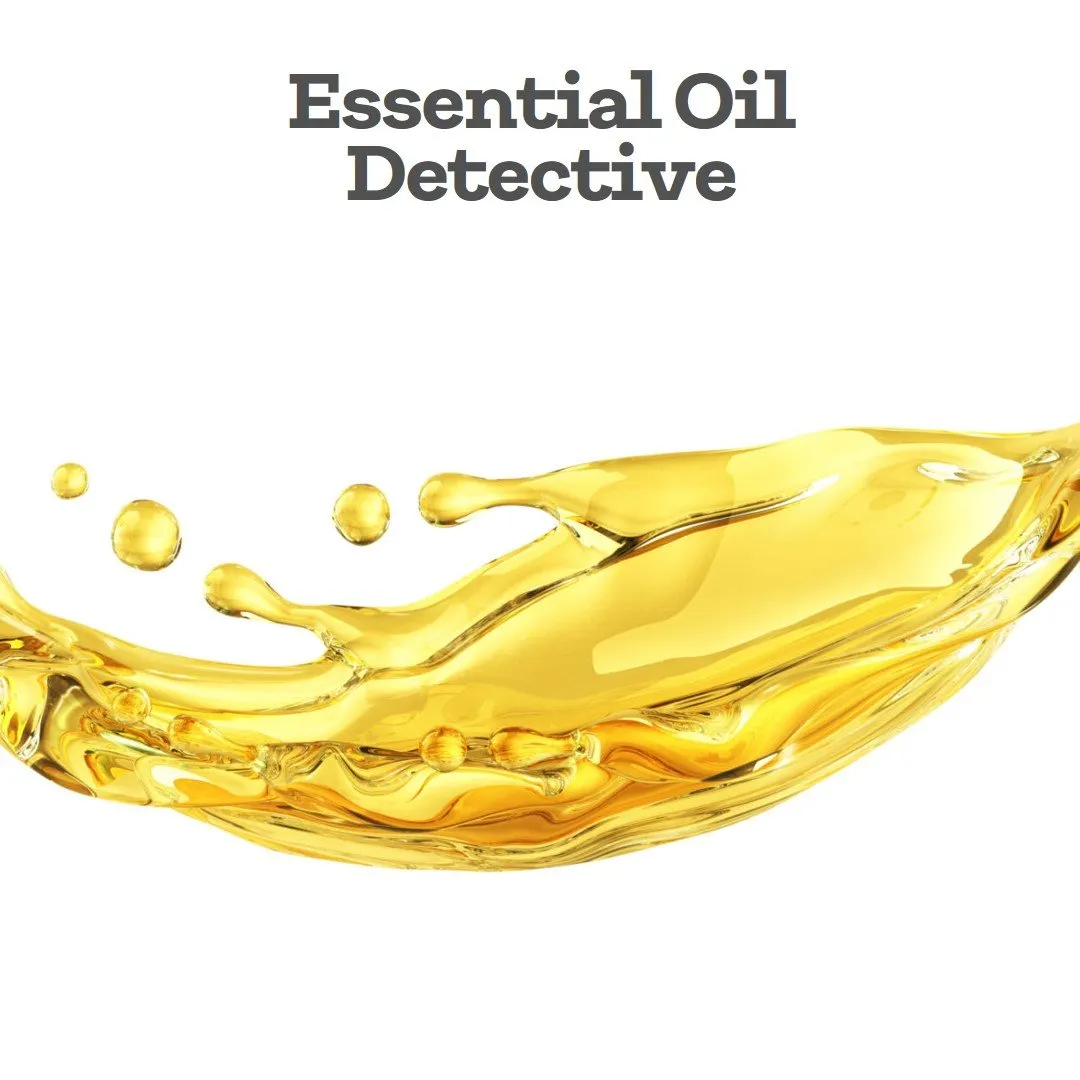The Science Behind Aromas & Mood Enhancement
Aromatherapy, the practice of using scents to enhance well-being and mood, has a long history dating back thousands of years.
The power of aromas to influence our emotions and state of mind has fascinated humans for centuries, and today, it continues to be a thriving field of study and application.
Delve into the fascinating science behind aromas, exploring how different scents impact our brain and emotions and unveiling the remarkable potential of essential oils in shaping our environment and mindset.
The Science of Smell

Before we embark on our journey into the world of aromatherapy, let's take a moment to understand the science of smell. Our sense of smell, or olfaction, is a complex and powerful sense deeply connected to our emotions and memories.
When we inhale, tiny odor molecules from the environment enter our nasal passages, binding to olfactory receptors in the nose.
These receptors send signals to the olfactory bulb, which is part of the brain's limbic system, the emotional center of our brain. It is this connection to the limbic system that makes smell uniquely influential in shaping our emotional responses and mood.
The Limbic System: The Emotional Gateway
The limbic system is a complex network of structures deep within the brain, responsible for regulating emotions, memory, and behavior.
When we inhale a scent, it bypasses conscious thought and directly affects this emotional gateway. This direct connection between smell and our emotional center explains why specific aromas can evoke powerful emotions, trigger memories, or induce a sense of relaxation.
Scents and Emotions: A Complex Relationship

The relationship between scents and emotions is multifaceted. Different aromas can have a wide range of effects on our mood, from calming and uplifting to invigorating and soothing.
Here are some examples of how various scents can influence emotions:
- Lavender: Lavender is renowned for its calming properties. Inhaling its soothing scent can reduce stress and anxiety, making it a popular choice for relaxation and sleep-enhancing products.
- Citrus: Scents like lemon, orange, and grapefruit are known for their uplifting qualities. Inhaling citrus aromas can boost your mood and energy levels, making them perfect choices for a pick-me-up.
- Peppermint: Peppermint's invigorating scent is well-suited for promoting alertness and focus. It can help combat fatigue and enhance mental clarity.
- Rose: The sweet and floral aroma of rose has been associated with romance and feelings of love. It's often used to create a romantic atmosphere or evoke tender emotions.
- Eucalyptus: Eucalyptus has a refreshing and clearing scent that can help with respiratory issues, making it a popular choice during cold and flu season.
- Sandalwood: Sandalwood's earthy and woody aroma is prized for its grounding and meditative qualities. It's often used in meditation and relaxation practices.
- Pepper: Black pepper's warm and spicy scent can stimulate the senses and help alleviate feelings of fatigue and sluggishness.
These are just a few examples of how scents can influence emotions, but there are countless other aromas with unique effects. The choice of scent depends on the desired emotional outcome and personal preferences.
Aromatherapy: Essential Oils and Their Healing Powers

Aromatherapy harnesses the power of essential oils to facilitate mood enhancement and overall well-being.
Essential oils are highly concentrated extracts derived from various plant materials, such as flowers, leaves, stems, and roots. Each essential oil has its own unique chemical composition and scent, making it suited to specific applications in aromatherapy.
Here are a few essential oils commonly used in aromatherapy and their associated benefits:
- Lavender Essential Oil: Lavender is perhaps one of the most popular and versatile essential oils. It is known for its ability to reduce anxiety, promote relaxation, and improve sleep quality. Diffusing lavender oil in the bedroom or adding a few drops to a warm bath can help calm the mind and body.
- Eucalyptus Essential Oil: Eucalyptus is commonly used to relieve congestion and respiratory issues. Inhaling the scent of eucalyptus oil can open up airways, making it easier to breathe and promoting a sense of well-being during times of illness.
- Peppermint Essential Oil: Peppermint essential oil is a powerful stimulant that can increase alertness and mental clarity. It's great for combating fatigue, headaches, and promoting focus.
- Chamomile Essential Oil: Chamomile has a calming and soothing aroma. It's often used to reduce stress and anxiety, making it a valuable oil for relaxation and sleep support.
- Lemon Essential Oil: The fresh, uplifting scent of lemon essential oil can enhance mood and reduce feelings of depression and anxiety. It's also known for its natural antibacterial properties.
- Frankincense Essential Oil: Frankincense is used in meditation and spiritual practices due to its grounding and centering properties. It can promote a sense of inner peace and balance.
- Bergamot Essential Oil: Bergamot has a sweet and fruity aroma that can relieve stress and anxiety. It's often used to uplift mood and promote a positive outlook.
Application of Aromatherapy

Aromatherapy can be applied in various ways to harness the benefits of essential oils and their associated scents. Here are some common methods:
- Diffusion: Using an essential oil diffuser, you can disperse the aroma throughout a room, creating a pleasant and therapeutic atmosphere. This method is effective for relaxation, mood enhancement, and respiratory relief.
- Topical Application: Some essential oils can be applied to the skin, either as a massage oil or in a carrier oil, for specific benefits. Be sure to dilute essential oils properly to avoid skin irritation.
- Inhalation: Inhaling essential oils directly from the bottle or a cloth can provide quick relief for issues like headaches or congestion.
- Bathing: Adding a few drops of essential oil to a warm bath can create a luxurious and relaxing experience.
- Aromatherapy Jewelry: Specially designed jewelry can hold essential oils, allowing you to carry your favorite scent with you throughout the day.
The Science Behind Essential Oils
The effectiveness of essential oils in aromatherapy isn't solely based on their pleasant scents; there's a robust scientific basis behind their impact on our emotions and well-being.
Each essential oil is composed of a unique blend of volatile organic compounds, including terpenes, esters, aldehydes, and more. These compounds have various biological activities and can interact with receptors in our olfactory system, as well as other areas of the brain.
Additionally, some essential oils have been shown to have direct physiological effects on the body. For example, lavender essential oil has been found to reduce cortisol levels, a hormone associated with stress, and promote the release of neurotransmitters like serotonin, which plays a crucial role in regulating mood.
Moreover, research has shown that essential oils can affect brain wave patterns, with some scents promoting relaxation and others enhancing alertness. This demonstrates the direct connection between aromas and the brain's electrical activity.
Aromatherapy in Practice

The practice of aromatherapy extends beyond personal use; it is increasingly incorporated into various professional settings and therapeutic practices. Here are some examples of how aromatherapy is utilized in different contexts:
- Spas and Wellness Centers: Aromatherapy is a staple in the spa industry, where essential oils are used in massages, facials, and other treatments to enhance relaxation and rejuvenation.
- Hospitals and Healthcare: Many healthcare facilities, including hospitals and clinics, are exploring the use of aromatherapy to help patients manage pain, anxiety, and stress. It can be an effective complementary therapy to conventional medical treatments.
- Mental Health and Counseling: Aromatherapy is being integrated into mental health and counseling practices to support emotional well-being. It can be used to reduce anxiety, improve mood, and create a soothing atmosphere during therapy sessions.
- Workplace: Some companies use aromatherapy to create a more pleasant and productive work environment. Essential oils are diffused in office spaces to reduce stress and enhance concentration.
- Education: Aromatherapy is increasingly taught in educational settings, including holistic health programs and wellness courses, to equip individuals with the knowledge to use essential oils for personal well-being and in professional settings.
The Future of Aromatherapy
Researchers are exploring the potential of aromatherapy in fields such as pain management, addiction recovery, and cognitive therapy.
The integration of aromatherapy into modern medicine and mental health practices is an exciting development. While essential oils are not a replacement for conventional medical treatments, they can serve as valuable complementary therapies, offering holistic solutions to improve emotional and mental health.
The science of aromatherapy and the power of essential oils in shaping our emotions and mindset are awe-inspiring. The deep connection between scents and the limbic system of the brain highlights the profound impact that aromas can have on our emotions.
Whether you're looking to unwind after a long day, boost your energy, or find relief from certain health issues, aromatherapy offers a vast array of options to explore. As our understanding of the science behind scents and mood enhancement continues to advance, we can look forward to even more ways to harness the power of aromas for improved well-being and an enhanced quality of life.
